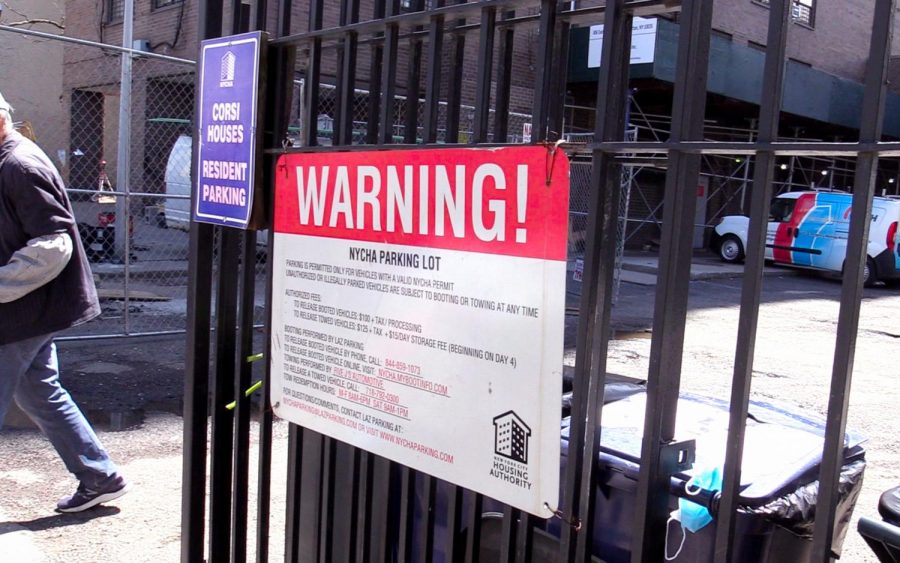Homelessness is an enduring crisis in New York City. Today, the number of homeless New Yorkers sleeping in shelters increased 40% compared to 10 years ago. This rise does not even account for the city’s vast population of unsheltered homeless people and citywide surveys often underestimate the number of New Yorkers sleeping on the streets. Officials must respond to this persistent issue. New York City mayoral candidates highlighted the urgent need for affordable housing, but diverged in terms of their solutions. While this is an important step towards progress, another more effective remedy should be at the forefront of debate: supportive housing.
As opposed to providing rent-controlled or subsidized housing, supportive housing offers both reduced rent and social services which create personalized support plans for each household. These services are geared toward helping former homeless individuals or those who are at risk of homelessness. The housing arrangements vary from shared apartments to single-occupancy rooms, but those who are in need can receive services for mental health, substance abuse or special needs.
Addressing the city’s homeless population is imperative, especially amid rising job insecurity as a result of the COVID-19 pandemic. Studies have indicated that two of the leading triggers of homelessness are difficulty maintaining employment and a lack of affordable housing. Despite efforts to curb increasing homelessness, Mayor de Blasio ultimately maintained the status quo. The administration’s housing plan lacked the key element of affordability and even favored for-profit developers. It is clear that future solutions must emphasize the needs of the city’s vulnerable populations, not corporate greed.
The concern of affordability is inextricably linked to social services. Supportive housing can bring a rehabilitative approach to affordable housing. For many individuals experiencing homelessness, these services are desperately needed. Roughly 20% of the homeless population in the United States suffer from severe mental illnesses, two of the most common being schizophrenia and bipolar disorder. Substance abuse also persists as both a cause and an effect of homelessness.
Drug-related overdose has been the leading cause of death among homeless men in New York City for the last several years. Making supportive housing a priority is a more permanent and sustainable solution, considering that untreated mental illness and drug abuse can lead individuals back into poverty. Furthermore, reductions in the use of homeless shelters, prisons and jails have been found to offset the additional cost of supportive housing. In New York, one study found that such reductions offset around 95% of the costs of supportive housing. Supportive housing would not only directly help high-needs individuals, but its potential cost savings make the plan affordable.
Proponents of affordable housing highlighted that the COVID-19 pandemic may present a unique opportunity to expand low-cost living options. A New York state bill, the Housing Our Neighbors with Dignity Act, proposes converting commercial property into affordable housing units. As of January, 200 of the city’s 700 hotels closed during the pandemic. This could be a chance to develop more supportive housing in the city, but this is contingent upon countering for-profit developers that might drive prices up.
New York City officials must place supportive housing at the top of their agenda. If renters return to the city as COVID-19 cases subsides, housing prices will likely rise again, pushing low-income and homeless New Yorkers out of the market. Developing supportive housing now is a well-rounded solution that can alleviate the causes and results of homelessness. The question is not whether action should be pursued, but when our city officials will enact this kind of real, lasting change.
Opinions expressed on the editorial pages are not necessarily those of WSN, and our publication of opinions is not an endorsement of them.
Email Lucy Yama at [email protected].























































































































































